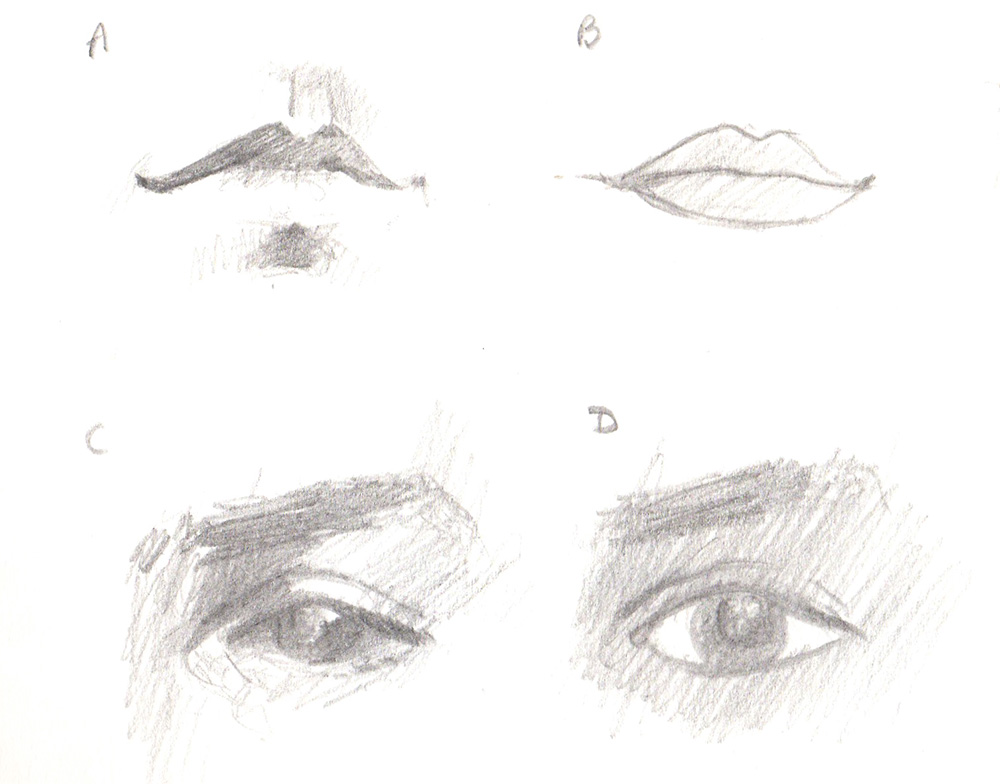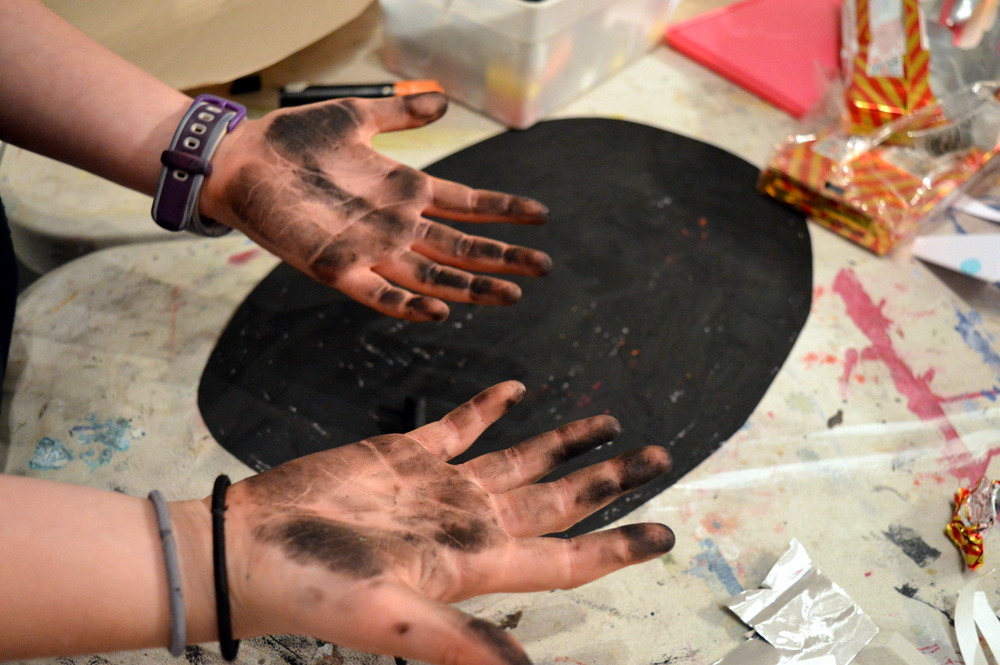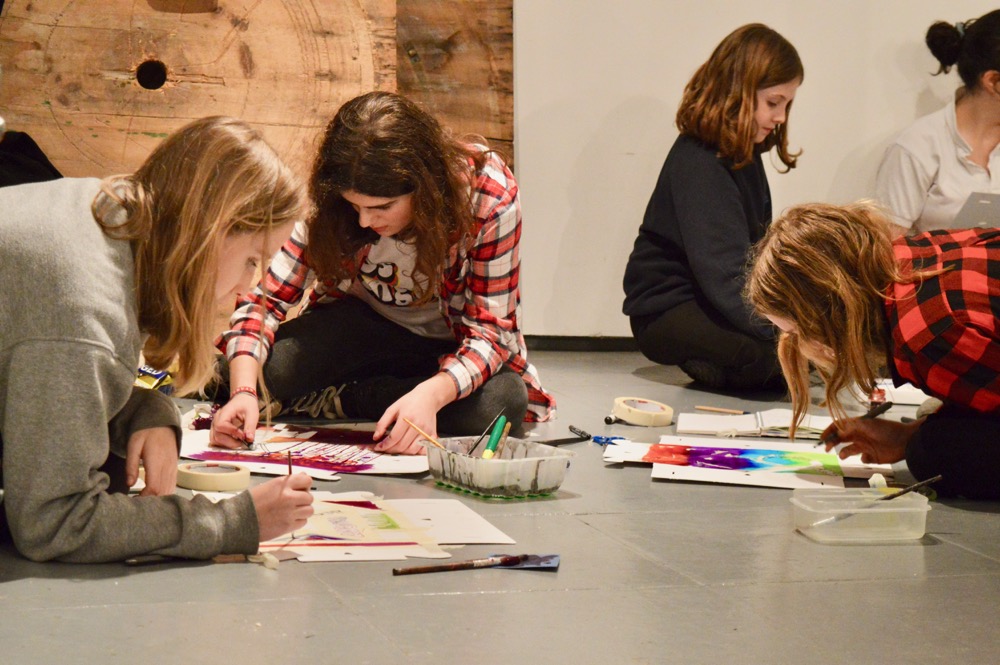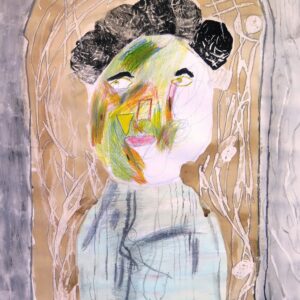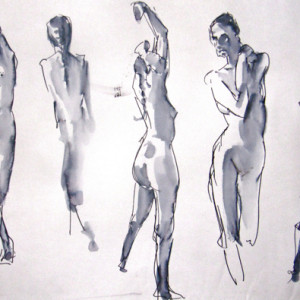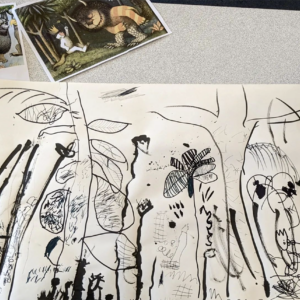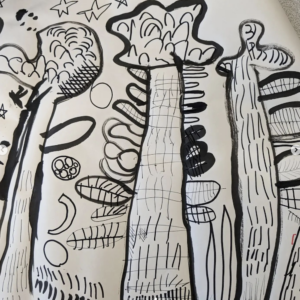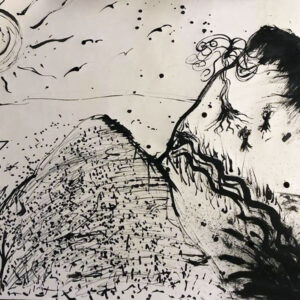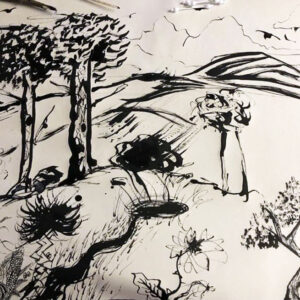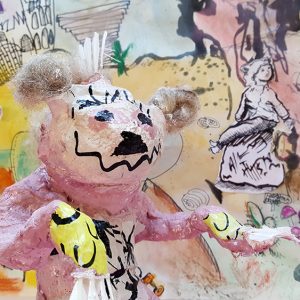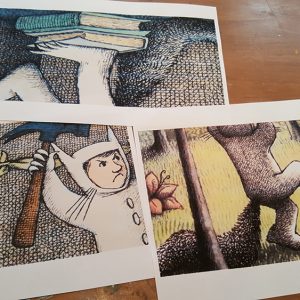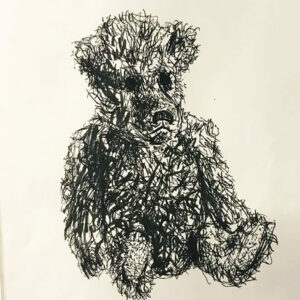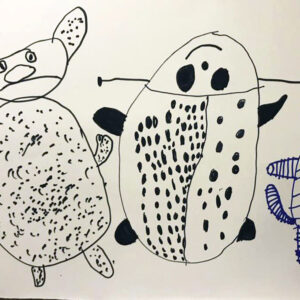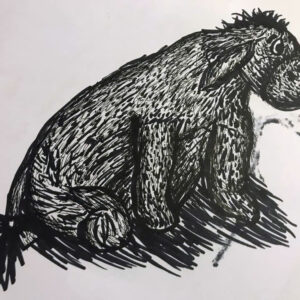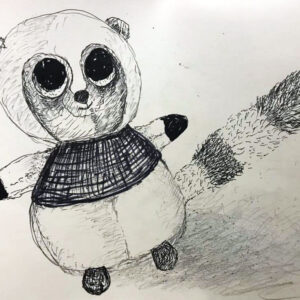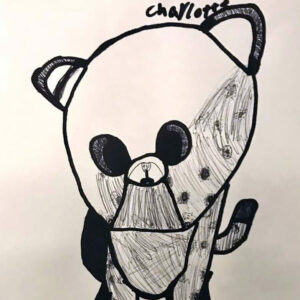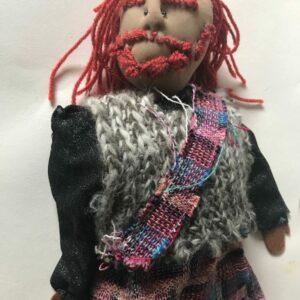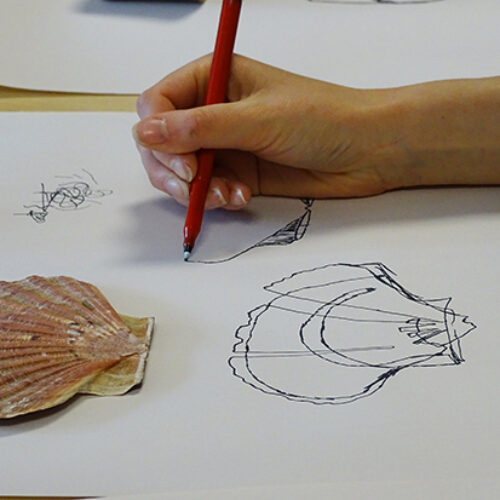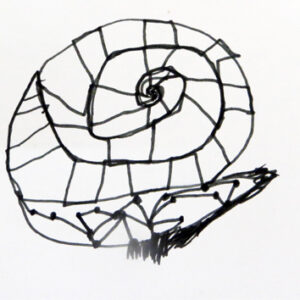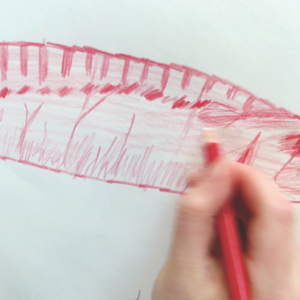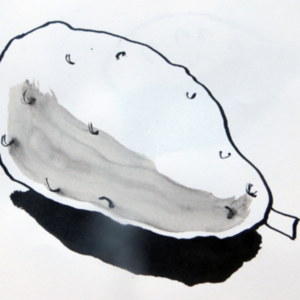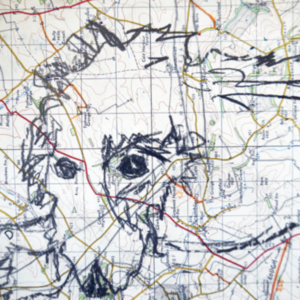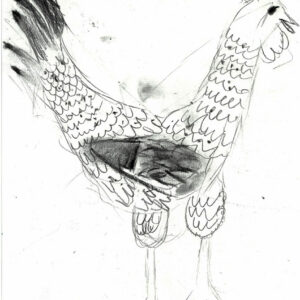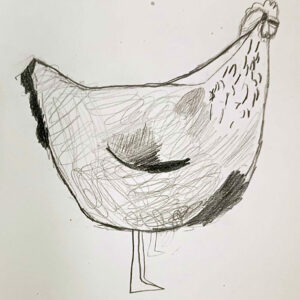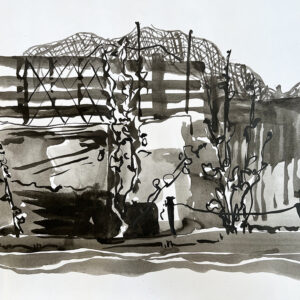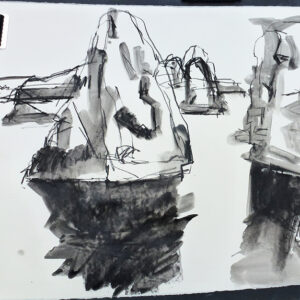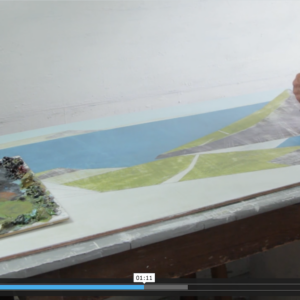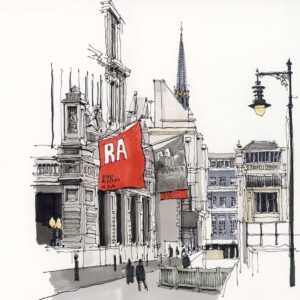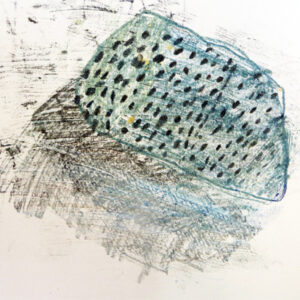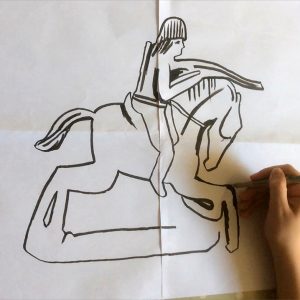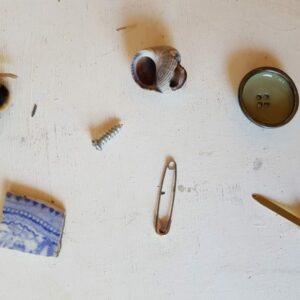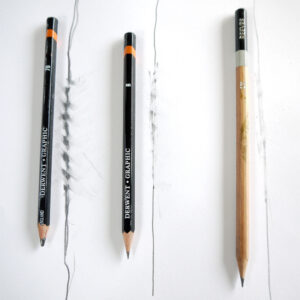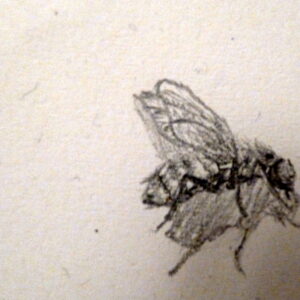This resource is one of four resources created by painter Hester Berry which aim to introduce some basic drawing and painting concepts to primary-aged children and their teachers. See all the resources in this series here.
Introduction
Drawing and painting faces is notoriously difficult, but there are some simple things that can help you. The trick is to look very hard and draw what you see, rather than what you think you see. For example, lips don’t really have an outline, yet everybody puts that in. Really you can see the darkness of the top lip, and the shadow above the chin, which suggests the bottom lip.
To illustrate this point, ask the children to look at the images below and to decide which is the more realistic mouth? Which is the more realistic eye?
To access all content, I would like to join as…
AccessArt is a UK Charity and we believe everyone has the right to be creative. AccessArt provides inspiration to help us all reach our creative potential.
